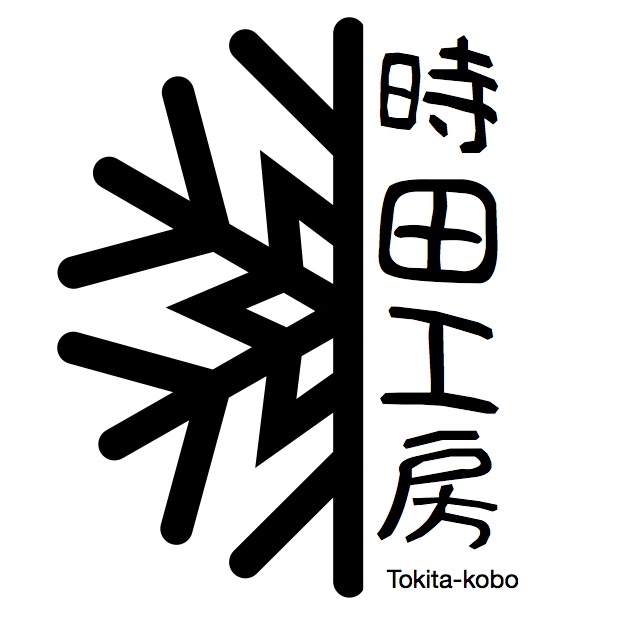Tag: #japan
-
Exploring Nippori Fabric Town(日暮里繊維街): Tokyo’s Hidden Treasure for Textile Lovers
Read More: Exploring Nippori Fabric Town(日暮里繊維街): Tokyo’s Hidden Treasure for Textile LoversFor fabric lovers, DIY creators, and fashion designers, there’s no place in Japan quite like Nippori Fabric Town (日暮里繊維街). Tucked away in Tokyo’s Arakawa…
-
Everyday Japanese Greetings: Ittekimasu(行ってきます), Itterasshai(行ってらっしゃい), Tadaima(ただいま), and Okaerinasai(お帰りなさい)
Read More: Everyday Japanese Greetings: Ittekimasu(行ってきます), Itterasshai(行ってらっしゃい), Tadaima(ただいま), and Okaerinasai(お帰りなさい)In Japanese daily life, there are special phrases exchanged at home that go beyond simple greetings. These expressions carry warmth, care, and a sense…
-

Understanding Itadakimasu and Gochisousama in Japanese Culture
Read More: Understanding Itadakimasu and Gochisousama in Japanese CultureIn Japanese culture, meals are not just about eating—they are about gratitude, respect, and appreciation. Two phrases that reflect this deeply rooted tradition are…
-
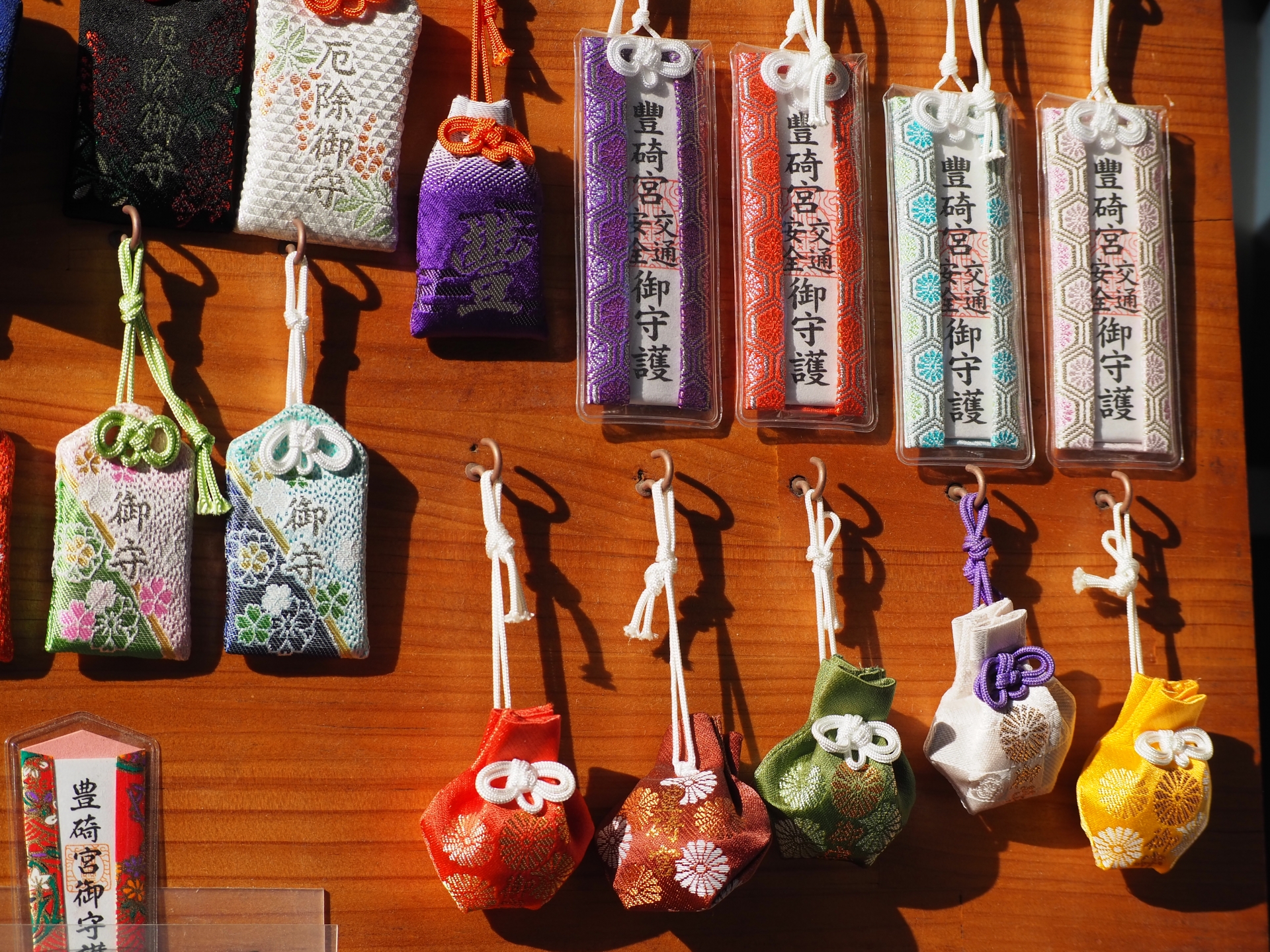
Omamori (お守り) – Japanese Amulets and Their Protective Power
Read More: Omamori (お守り) – Japanese Amulets and Their Protective PowerIf you’ve ever visited a Japanese shrine (神社, jinja) or temple (お寺, otera), you’ve probably seen small, beautifully decorated fabric pouches hanging from racks.…
-
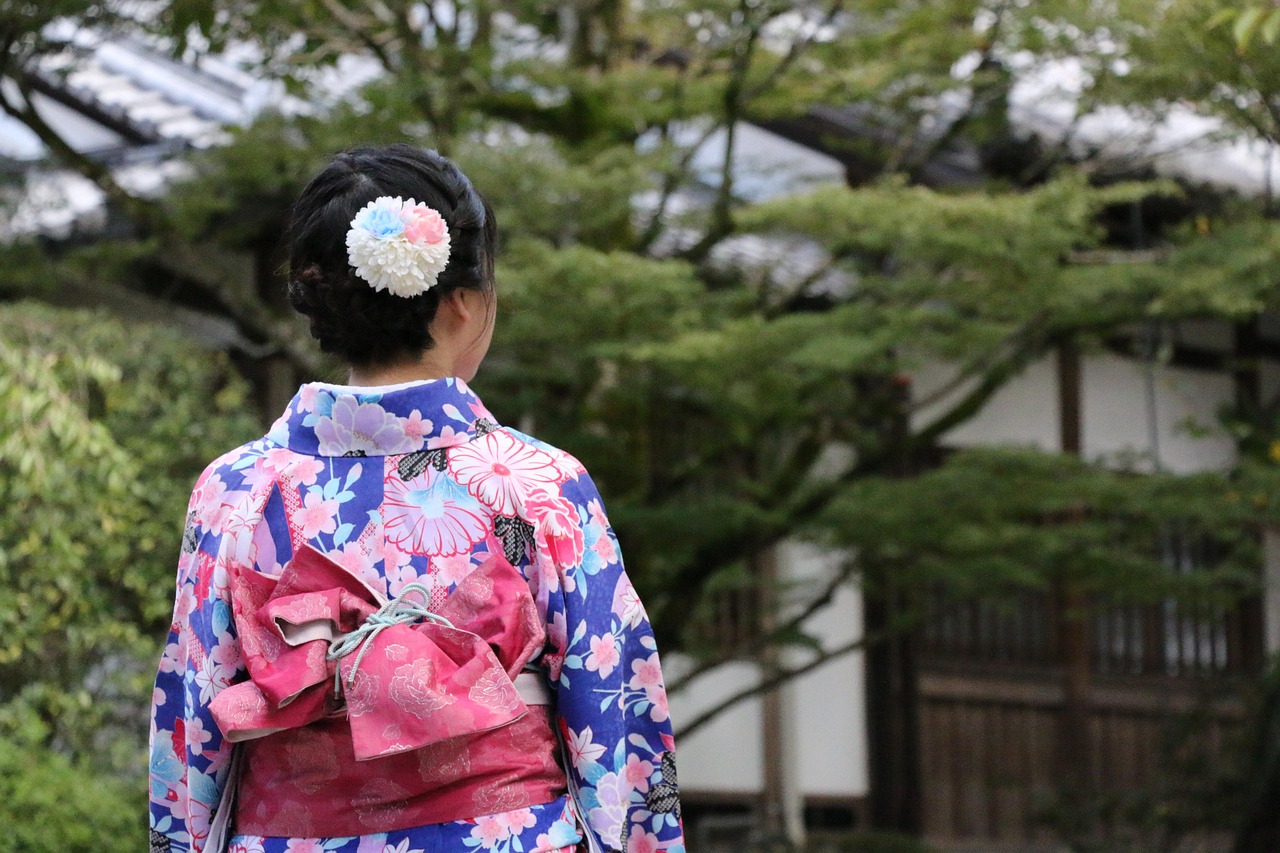
Why So Many Layers in Kimono? The Beauty and Purpose Behind the Layers
Read More: Why So Many Layers in Kimono? The Beauty and Purpose Behind the LayersWhen people think of a kimono, they often imagine an elegant, flowing garment with multiple layers. But why does traditional Japanese clothing involve so…
-
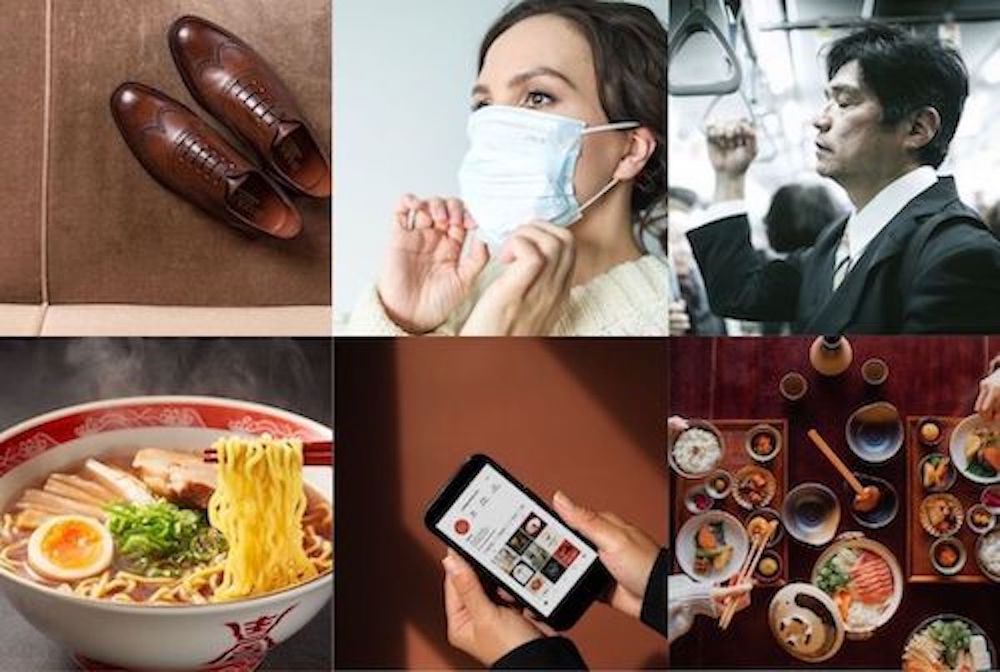
Is this Japanese Terrible Habit?
Read More: Is this Japanese Terrible Habit?Japan is known for its deep traditions, respect for etiquette, and unique cultural habits that may seem unusual to visitors. Some of these customs…
-
Ōmisoka(大晦日): Japanese New Year’s Eve Traditions Explained
Read More: Ōmisoka(大晦日): Japanese New Year’s Eve Traditions ExplainedAs the final day of the year, Ōmisoka (大晦日, New Year’s Eve) is one of the most important days in Japan. Unlike Western countries,…
-
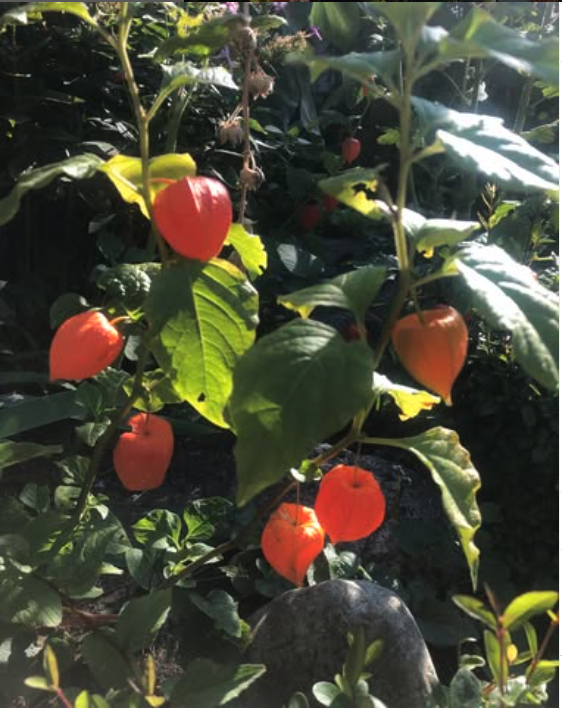
Hozuki(鬼灯)、Japanese (Chinese) Lantern Plant
Read More: Hozuki(鬼灯)、Japanese (Chinese) Lantern PlantToday, when I was walking on the street, I found the nostalgic plant. The Japanese lantern plant (紫湊草, Hōzuki) is a vibrant and culturally…
-
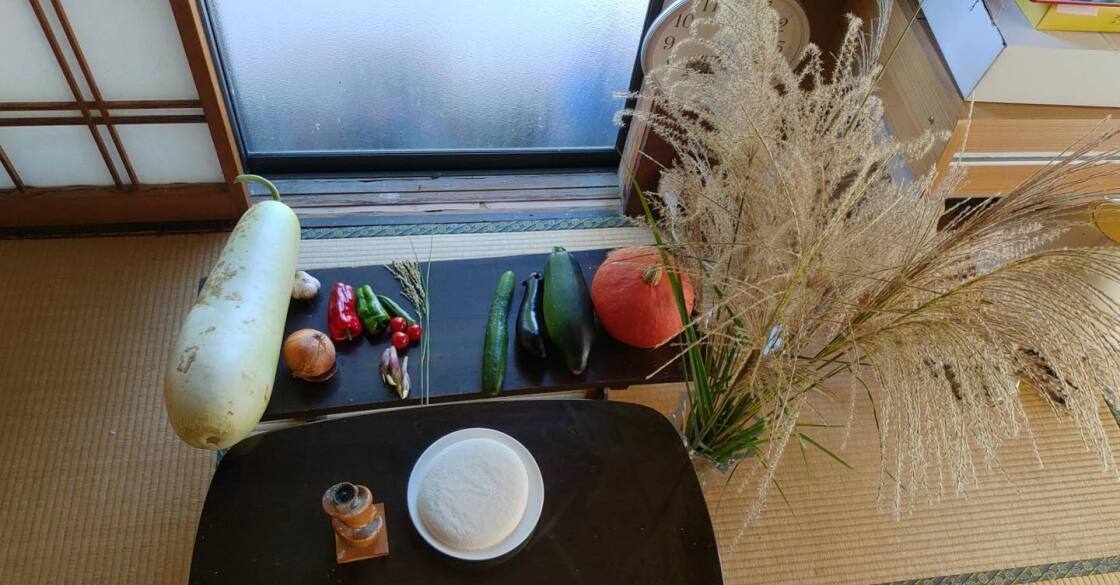
Jugoya (Otsukimi);”Moon Viewing.” 十五夜 (Jūgoya) in Minami Aizu, Fukushima
Read More: Jugoya (Otsukimi);”Moon Viewing.” 十五夜 (Jūgoya) in Minami Aizu, FukushimaOtsukimi: Japan’s Beautiful Moon-Viewing Tradition What is Otsukimi? Otsukimi means “Moon Viewing.” 十五夜 (Jūgoya) refers to the traditional Japanese celebration of the full moon,…
-
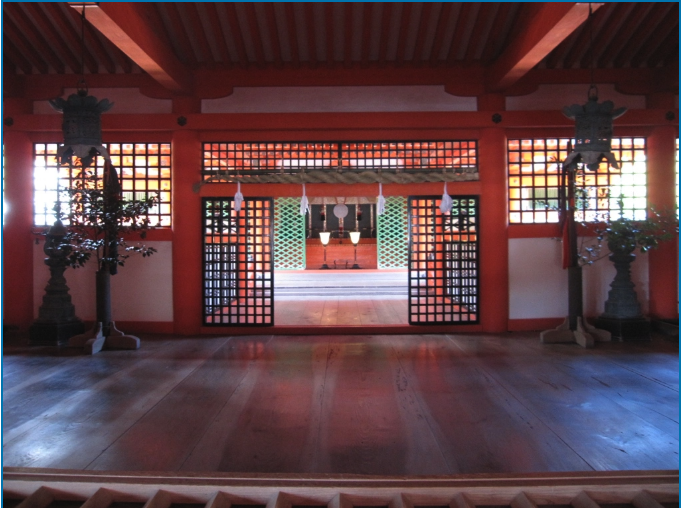
Kimono in The Special Occasion, Kyogen(狂言) in Hiroshima
Read More: Kimono in The Special Occasion, Kyogen(狂言) in HiroshimaKimono clothing has been used for long time period. Some times are used in festive occasion, others are used on daily basis. Here is…
